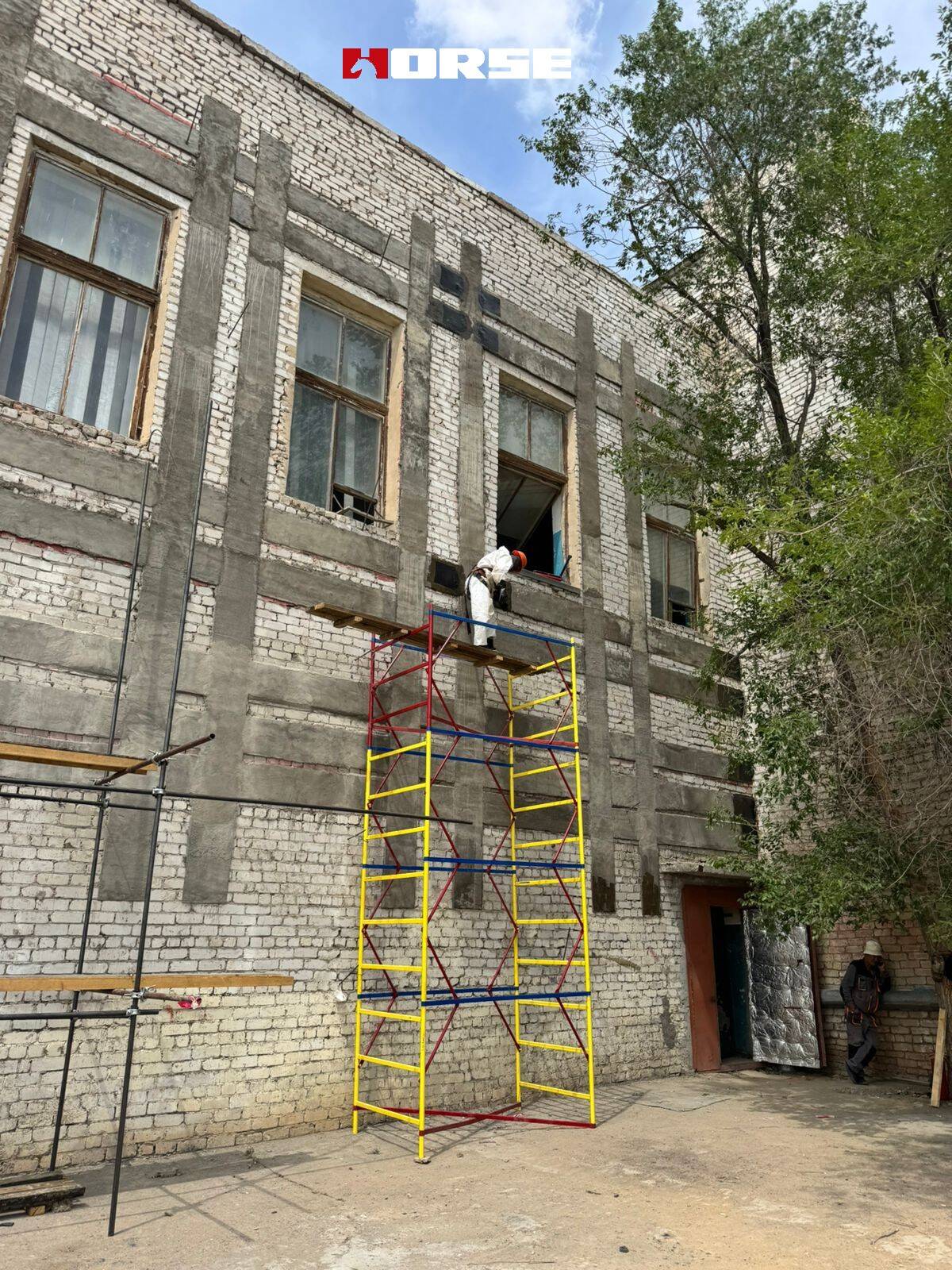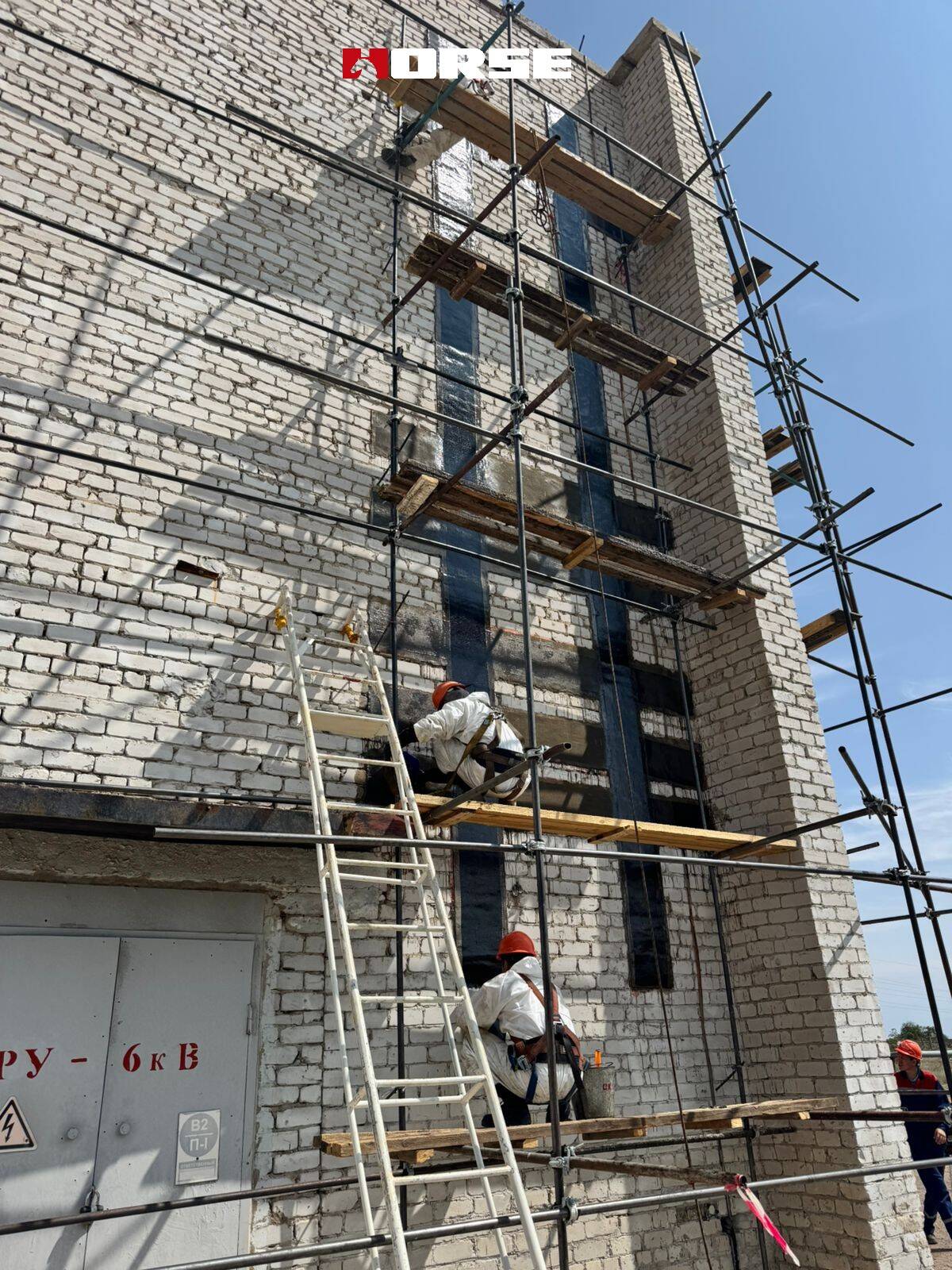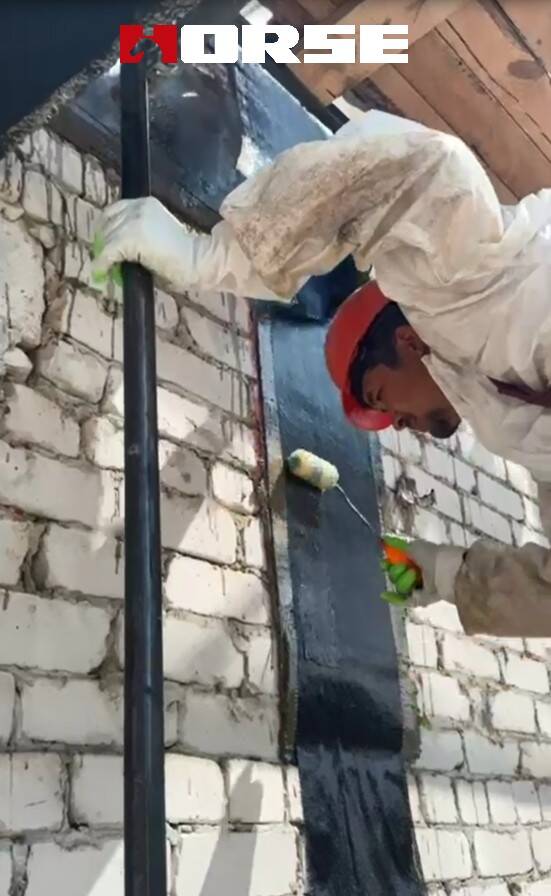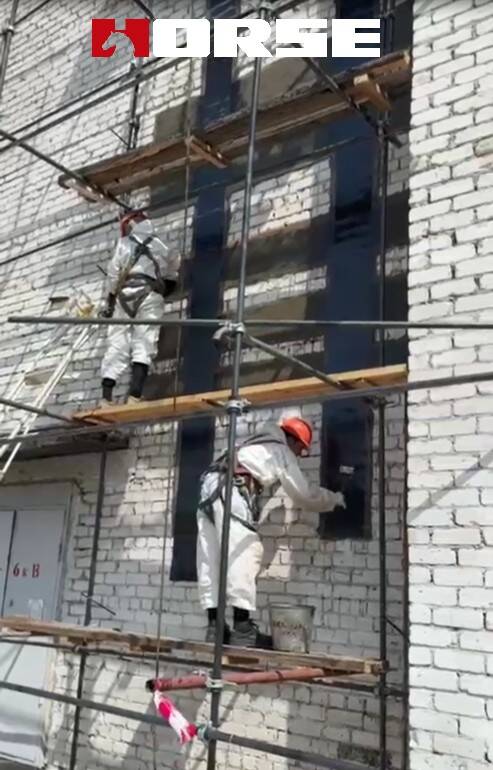Retrofitting & Strengthening Masonry Walls
CFRP Carbon Fiber
Due to its age, wind and rain erosion, foundation settlement, and unreasonable renovations in the past, the masonry walls of the building have many problems, such as wall cracks, partial damage, and reduced strength.

Project Background
The building to be reinforced is a masonry structure. Due to its age, wind and rain erosion, foundation settlement, and unreasonable renovations in the past, the masonry walls of the building have many problems, such as wall cracks, partial damage, and reduced strength. The stability and bearing capacity of some walls can no longer meet the current specifications and are in urgent need of reinforcement and repair to extend the life of the building and ensure safety in use.

Reinforcement scheme selection
Among the many reinforcement schemes, considering the high requirements for the concealment, durability and minimal disturbance of the original structure of the reinforcement measures. After comprehensive evaluation, it was decided to use CFRP (carbon fiber reinforced polymer) carbon fiber reinforcement technology. CFRP has the advantages of high strength, light weight, corrosion resistance, and convenient construction. Its thin characteristics can maintain the original appearance of the building to the greatest extent, which meets the needs of this project.

Construction process
Construction preparation: Before construction, conduct a detailed inspection of the wall and mark the location and range of cracks and damage. Clean the construction site to ensure the operating space. Prepare the carbon fiber cloth, adhesives, grinding tools, rollers and other equipment and materials required for construction, and conduct quality inspection on them.
Base treatment: Use tools such as angle grinders to remove the paint layer, dirt, and loose parts on the wall surface until the solid masonry base is exposed. Clean the cracks, blow away the dust in the cracks with compressed air, and then wipe the crack surface with acetone to ensure that the bonding surface is clean and dry. For larger holes or damaged areas, use high-strength repair mortar to repair and level them.
Cutting and pasting carbon fiber cloth: Precisely cut the carbon fiber cloth according to the designed size. Apply a layer of primer evenly on the wall surface. After the primer is dry to the touch, apply the leveling material to fill and level the depressions on the wall surface, and make the corners smooth and rounded. Apply the prepared impregnation glue evenly to the pasting area, then quickly lay the carbon fiber cloth on it, roll it several times along the fiber direction with a roller to eliminate bubbles, so that the impregnation glue fully penetrates the carbon fiber cloth to ensure that the carbon fiber cloth is tightly bonded to the wall. Apply another layer of impregnation glue on the surface of the carbon fiber cloth to ensure the surface is flat.
Quality inspection: During the construction process, check the pasting quality of the carbon fiber cloth at any time. Focus on checking the hollowing of the carbon fiber cloth. You can tap it lightly with a small hammer. If the hollowing area does not exceed 1% of the area of a single piece of carbon fiber cloth, you can use a needle tube injection glue to repair it; if it exceeds 1%, the hollow part of the carbon fiber cloth needs to be cut off and re-pasted. After the construction is completed, the appearance of the reinforced wall is inspected to ensure that the carbon fiber cloth is firmly and flatly pasted without wrinkles, warping, etc. At the same time, sampling inspection is carried out according to regulations, and the bonding strength between the carbon fiber cloth and the wall is tested by pull-out test. The results meet the design requirements.

Reinforcement effect evaluation
On-site testing: After a period of time after the reinforcement was completed, the strength of the wall was tested by on-site non-destructive testing methods, such as the ultrasonic rebound comprehensive method. The results showed that the strength of the wall was significantly improved after reinforcement. The cracks were observed using a crack observation instrument, and no further cracks were found. The verticality and deformation of the wall were measured, and all indicators were within the allowable range of the specification, indicating that the stability of the wall has been effectively enhanced.